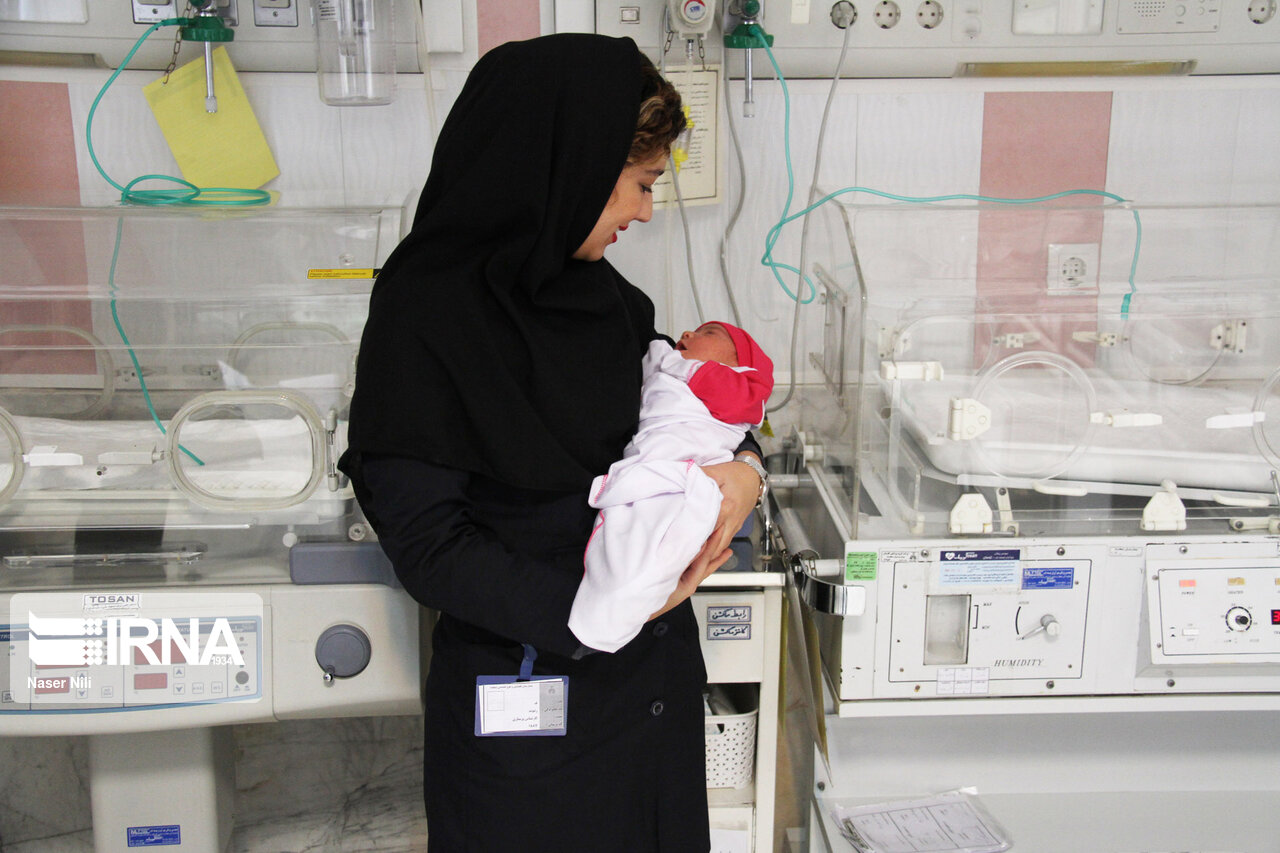Iran’s total fertility rate (both the Iranian population, immigrants and foreigners residing in Iran) has been in decline from 2.1 in the year ending March 2018 to 2 in the year ending March 2019 to 1.8 in the year ending March 2020.
The fertility rate of Iranian population has decreased from 2.1 to 2 to 1.7 in the aforementioned years, the Statistical Center of Iran reported.
The total fertility rate is the average number of children a woman gives birth to in her lifetime (it’s different from the birthrate, which is the number of children born per thousand people each year).
Gilan Province registered the lowest TFR in the country with 1.4 in the year ending March 2018 to 1.3 in the year ending March 2019 to 1.1 in the year ending March 2020.
Sistan-Baluchestan posted the highest TFR over these years with 3.7, 3.5 and 3.4, respectively. The total fertility rate of these years in Tehran Province was 1.7, 1.6 and 1.3.
In general, TFR in 17 provinces was higher than the national average during years ending March 2018 and 2019 while 16 provinces posted TFR higher than the national average in the year ending March 2020.
Whenever a country’s rate drops below approximately 2.1, the so-called replacement fertility rate, then populations will eventually start to shrink. The replacement fertility rate is the number of births per woman needed to maintain a population’s size.


